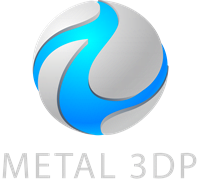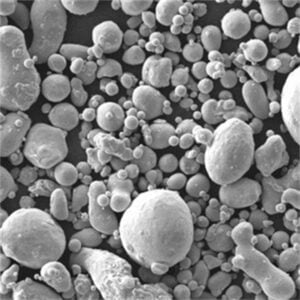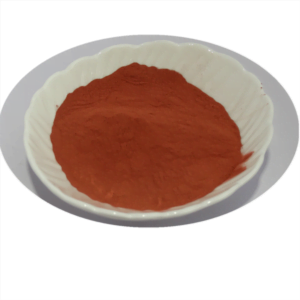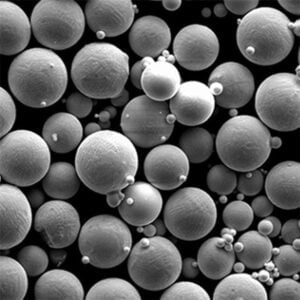Have you ever encountered a project that demands a copper alloy weld that’s both high-strength and braze-like? Look no further than CuSn3P7, a phosphorus bronze alloy taking the welding world by storm. But what exactly makes CuSn3P7 so special, and how does it stack up against other welding options? Buckle up, because we’re about to delve into the fascinating world of CuSn3P7 copper alloy welding!
the Power of CuSn3P7
CuSn3P7, also known as CDA 725 or CWB2, is a copper-tin-phosphorus alloy specifically formulated for welding applications. Its unique composition, consisting of approximately 9.0% tin (Sn) and 7.0% phosphorus (P) by weight, grants it a remarkable blend of properties. Imagine a copper alloy with the strength and workability of steel, but the fluidity and brazing characteristics of silver solder. That’s the essence of CuSn3P7!
Here’s a table summarizing the key details of CuSn3P7 copper alloy welding:
| 기능 | 설명 |
|---|---|
| 합금 구성 | Cu (base), 9.0% Sn, 7.0% P |
| Melting Point Range | 621°C – 800°C (1150°F – 1472°F) |
| Welding Process | Gas Tungsten Arc Welding (GTAW), Laser Beam Welding (LBW) |
| Joint Strength | High, comparable to some steels |
| Brazing Characteristics | Excellent flow and capillary action |
| 내식성 | Moderate, similar to copper |
As you can see, CuSn3P7 offers a compelling proposition for welders seeking a versatile and robust joining solution. But how does this translate into real-world applications? Let’s explore!
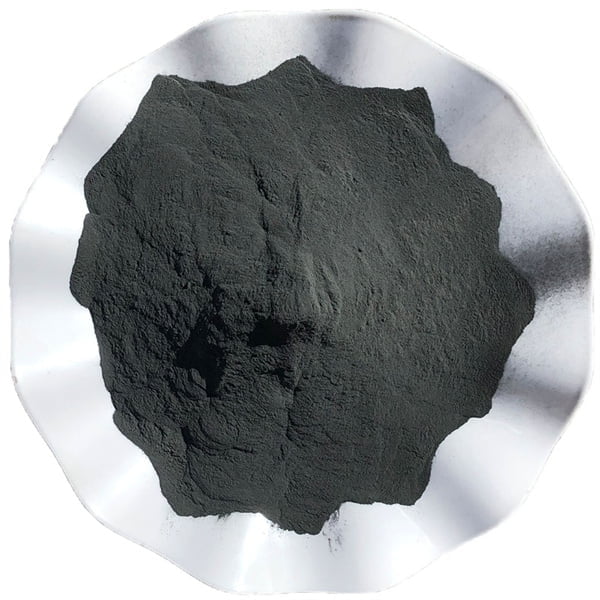
the Potential of CuSn3P7
CuSn3P7 shines in various applications where high strength, good electrical conductivity, and brazing-like properties are desired. Here are some prime examples:
- 열교환기: CuSn3P7 excels in joining copper tubes and sheets used in heat exchangers due to its excellent thermal conductivity and ability to withstand high temperatures.
- 전기 부품: The good electrical conductivity of CuSn3P7 makes it suitable for welding bus bars, connectors, and other electrical components.
- Automotive Applications: From radiators to exhaust systems, CuSn3P7 finds use in automotive applications due to its ability to handle thermal cycling and vibrations.
- Plumbing and Refrigeration: The alloy’s good workability and resistance to braze cracking make it ideal for joining copper pipes and fittings in plumbing and refrigeration systems.
- Dissimilar Metal Joining: CuSn3P7 acts as a bridge between dissimilar metals like copper and steel, offering a strong and reliable joint.
This is just a glimpse of the vast potential of CuSn3P7. Its unique combination of properties makes it a valuable tool for welders across various industries.
Metal Powders for CuSn3P7 Welding
While traditional welding techniques dominate CuSn3P7 joining, metal additive manufacturing (MAM) is gaining traction. Here’s where a diverse range of metal powders comes into play, each offering distinct advantages:
1. AMPCos 725: This gas-atomized copper-tin-phosphorus powder boasts excellent flowability and packing density, ideal for laser beam welding applications.
2. Höganäs AM CuSn7P3: This water-atomized powder offers a cost-effective option for CuSn3P7 welding, delivering good printability and mechanical properties.
3. Sandvik Osprey CuSn7P3: This high-purity, gas-atomized powder ensures consistent performance and minimal porosity in CuSn3P7 welds produced via MAM.
4. LPW CuSn7P7: This laser-optimized powder, developed by LPW Technology, exhibits superior laser absorption characteristics for efficient and precise CuSn3P7 laser beam welding.
5. SLM Solutions CuSn7P3: Tailored for selective laser melting (SLM) processes, this powder from SLM Solutions guarantees optimal powder flow and minimizes spatter during CuSn3P7 additive manufacturing.
6. Elementum Specialty Materials CuSn7P3: This established manufacturer offers a reliable CuSn3P7 powder option with consistent chemical composition and particle size distribution.
7. Carpenter Additive Manufacturing CP7: This powder prioritizes high strength and crack resistance, making it suitable for CuSn3P7 welds in demanding applications.
8. Poeton CuSn7P3: Focused on achieving a fine and uniform microstructure, this powder promotes superior mechanical properties in CuSn3P7 components built through MAM.
9. Voxeljet CuSn7: Optimized for use in binder jetting additive manufacturing, this powder enables intricate CuSn3P7 part geometries with good dimensional accuracy.
올바른 금속 파우더 선택하기:
Selecting the ideal metal powder hinges on several factors. Consider the specific application, desired weld properties, chosen MAM process, and budget constraints. Here’s a breakdown to guide your decision:
- 프로세스 호환성: Ensure the powder aligns with your chosen MAM technology (laser beam melting, binder jetting, etc.).
- 입자 크기 및 분포: A well-defined particle size distribution promotes optimal flowability and minimizes issues like spatter during the welding process.
- 화학 성분: Opt for powders with a precise composition matching the desired CuSn3P7 alloy for predictable weld properties.
- 흐름성: Powders with excellent flowability ensure a smooth and consistent deposition process during MAM.
- 구형성: Spherical particles generally pack better and lead to denser welds with improved mechanical strength.
Remember, consulting with reputable metal powder suppliers and MAM equipment manufacturers is crucial to identify the most suitable powder for your specific CuSn3P7 welding project.
사양, 크기, 등급 및 표준
사양:
CuSn3P7 welding typically adheres to the following specifications:
- ASTM B189: Standard Specification for wrought copper and copper-alloy sheet for building construction.
- AWS A5.7: Specification for Brazing Filler Metals. (While CuSn3P7 falls under the brazing classification, its properties extend beyond traditional brazing)
크기 및 등급:
Metal powders for CuSn3P7 welding are generally available in various particle size ranges, catering to different MAM processes. Common size ranges include:
- 15-45 microns (µm)
- 25-50 µm
- 45-100 µm
The specific grade designation for CuSn3P7 powders might vary depending on the manufacturer. However, the chemical composition typically adheres to the nominal 9% Sn and 7% P by weight.
표준:
Currently, there’s no single, universally recognized standard specifically for CuSn3P7 metal powders used in MAM. However, manufacturers often adhere to industry standards for metal additive manufacturing powders, such as:
- ASTM F3049: Standard Specification for Metal Powders Used in Additive Manufacturing Processes.
- ISO/ASTM 52900: Additive manufacturing — Metallic powders — Specification and qualification of powder for laser beam melting.
These standards provide guidelines for powder characteristics like chemical composition, particle size distribution, flowability, and apparent density.
공급업체 및 가격
Several reputable metal powder suppliers offer CuSn3P7 powders for MAM applications. Here are some notable examples:
- AMPCos
- 회가나스
- 샌드빅 오스프리
- LPW 기술
- SLM 솔루션
- 엘리멘텀 특수 소재
- XKEM Orchid
- 목수 적층 제조
- Poeton
- 복셀젯
Pricing for CuSn3P7 metal powders can vary depending on the supplier, powder quantity, particle size, and desired certifications. Generally, expect a higher cost compared to traditional welding consumables due to the specialized nature of the powder and the MAM process itself.
Finding the right supplier involves:
- Researching supplier reputation and experience in CuSn3P7 powders.
- Obtaining quotes and comparing pricing based on your specific needs.
- Inquiring about available certifications and quality control procedures.
- Ensuring the supplier offers technical support for troubleshooting and application guidance.
By carefully evaluating these factors, you can secure a reliable source of CuSn3P7 metal powder for your MAM projects.
Advantages and Limitations: Weighing the Pros and Cons
Advantages of CuSn3P7 Copper Alloy Welding:
- 높은 강도: CuSn3P7 welds boast impressive strength, rivaling some steels in certain applications.
- Excellent Brazing Characteristics: The alloy exhibits superior flow and capillary action, enabling strong and leak-proof joints.
- 좋은 전기 전도성: CuSn3P7 retains a significant degree of electrical conductivity, making it suitable for joining electrical components.
- Dissimilar Metal Joining: CuSn3P7 acts as a bridge between dissimilar metals like copper and steel, offering a robust joint.
- Workability: The alloy exhibits good workability, allowing for post-weld machining or forming if necessary.
- 내식성: While not exceptional, CuSn3P7 offers moderate corrosion resistance similar to copper, suitable for various environments.
- Laser Welding Compatibility: CuSn3P7 excels in laser beam welding (LBW) due to its good laser absorption characteristics.
Limitations of CuSn3P7 Copper Alloy Welding:
- 비용: Compared to traditional welding consumables, CuSn3P7 metal powders and MAM processes can be more expensive.
- Limited Applications: CuSn3P7 might not be the ideal choice for all applications due to its specific properties. Careful material selection is crucial.
- 프로세스 복잡성: Metal additive manufacturing requires specialized equipment and expertise compared to conventional welding techniques.
- 다공성 제어: Managing porosity in CuSn3P7 welds produced via MAM necessitates proper process optimization and parameter control.
- Fuming: During LBW of CuSn3P7, some fuming may occur due to the presence of phosphorus. Proper ventilation is essential.
정보에 입각한 결정 내리기:
Understanding these advantages and limitations is vital for determining if CuSn3P7 copper alloy welding is the most suitable solution for your project. Consider factors like required joint strength, compatibility with the base metals, budget constraints, and available expertise before making a decision.
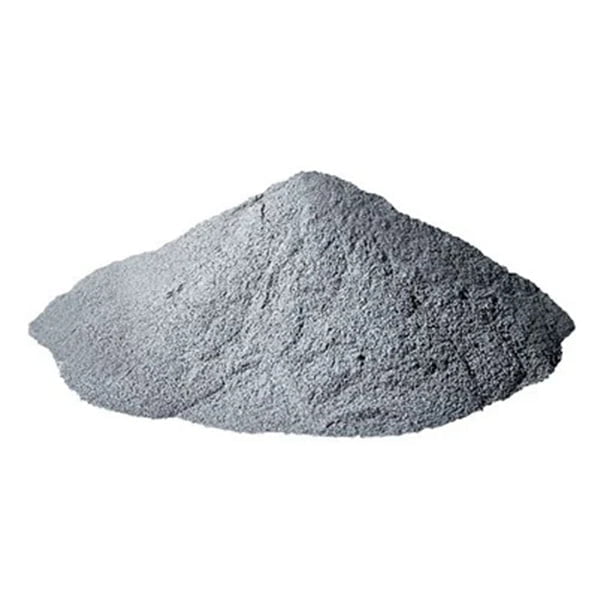
자주 묻는 질문
Here are some frequently asked questions regarding CuSn3P7 copper alloy welding, answered in a clear and informative manner:
Q: What are the main differences between CuSn3P7 welding and traditional brazing?
A: While CuSn3P7 exhibits brazing-like characteristics with excellent flow, it offers significantly higher joint strength compared to traditional brazing fillers. This makes CuSn3P7 welds more suitable for applications demanding both strong and leak-proof connections.
Q: Can CuSn3P7 be used for welding other metals besides copper?
A: CuSn3P7 finds application in dissimilar metal joining, particularly between copper and steel. However, its compatibility with other metals might require testing and qualification to ensure optimal results.
Q: What safety precautions should be taken when welding CuSn3P7?
A: As with any welding process, proper personal protective equipment (PPE) is crucial, including welding helmet, gloves, and respirator (especially during LBW due to potential fuming). Ensure adequate ventilation is in place to remove welding fumes.
Q: Is CuSn3P7 a new welding technology?
A: While CuSn3P7 itself has been around for some time, its application in metal additive manufacturing is a relatively recent development. As MAM technology continues to evolve, CuSn3P7 is expected to find even wider applications in various industries.
Q: Where can I learn more about CuSn3P7 copper alloy welding?
A: Several resources can provide further information on CuSn3P7 welding. Reputable metal powder suppliers often offer technical data sheets and application guides specific to their CuSn3P7 powders. Additionally, industry associations and research institutions might publish relevant articles or studies on this topic.
